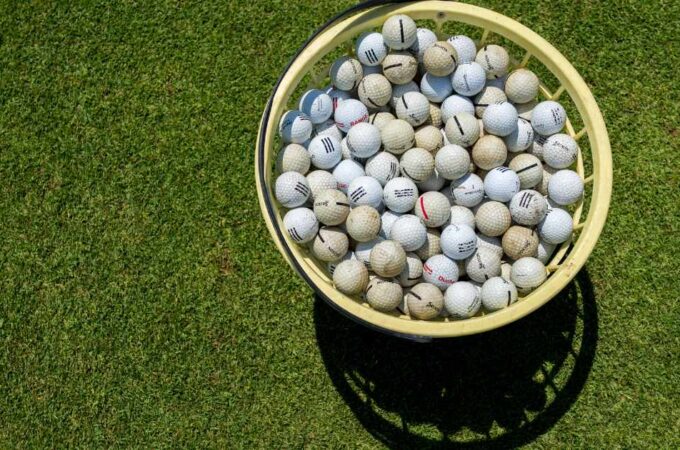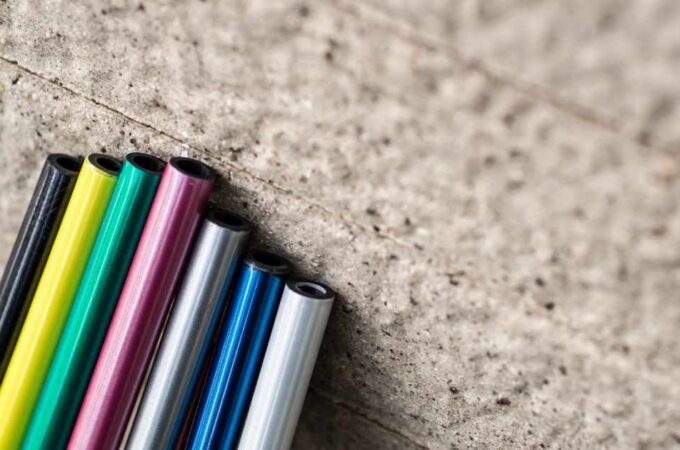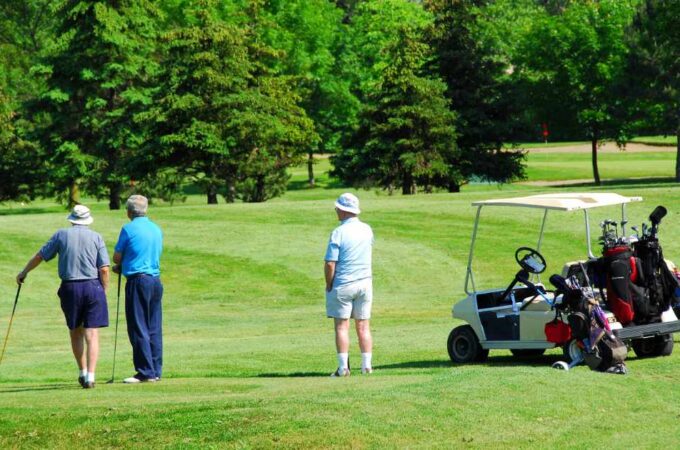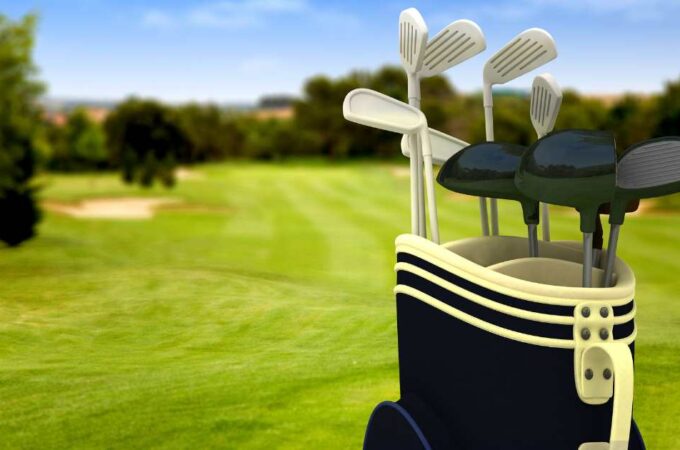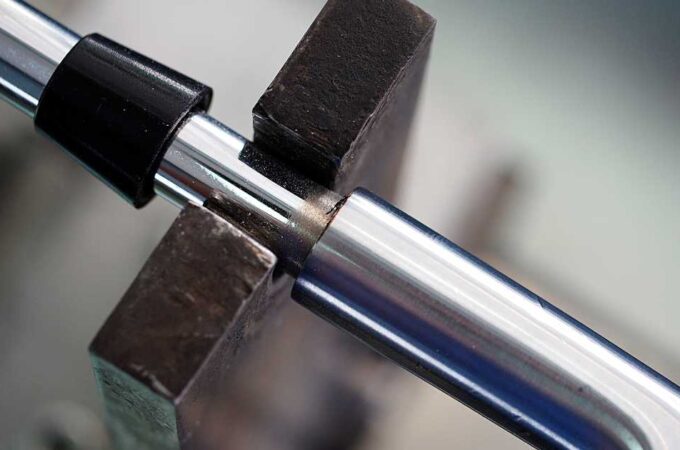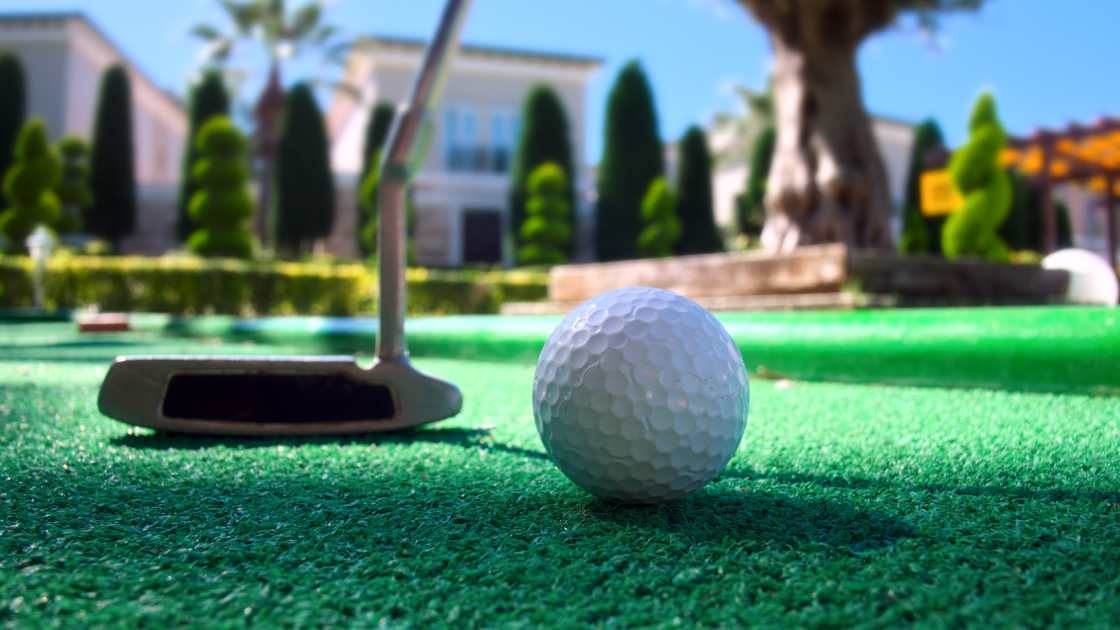
How to Refurbish Golf Clubs
Golf clubs are essential tools for any golfer, and over time, they can become worn, dirty, or damaged. Instead of buying a brand-new set of clubs, refurbishing your existing clubs can be a cost-effective way to improve their performance and appearance. In this article, we will guide you through the steps to refurbish your golf clubs, giving them a new lease on life.
Table of Contents
ToggleThere are 5 Steps to Refurbish Your Golf Clubs
Gather Your Tools and Materials
Before you start refurbishing your golf clubs, it’s important to gather all the necessary tools and materials. Here’s a list of what you’ll need:
Tools:
- Wire brush: For cleaning off rust and dirt from the clubheads.
- Vise: To hold the club securely while you work on it.
- Rubber mallet: To remove and replace grips.
- Hacksaw: To remove old shafts if necessary.
- Sandpaper or abrasive pads: For cleaning and smoothing club surfaces.
- Grip solvent: For installing new grips.
- Vice clamp: To secure the club while regripping.
Materials:
- New grips: Choose grips that are comfortable and suit your hand size.
- Double-sided grip tape: Used to attach the grips.
- Solvent or grip tape activator: To make it easier to install the grips.
- Ferrule replacements: These are the small plastic rings at the base of the clubhead.
- Epoxy resin: For securing the clubhead to the shaft.
- Paper towels or rags: For cleaning and wiping down the clubs.
- Paint or club head covers (optional): To give your clubs a fresh look.
Cleaning the Clubheads
The first step in refurbishing golf clubs is cleaning the clubheads. Over time, they can accumulate dirt, rust, and grime that can affect their performance. Here’s how to do it:
Secure the clubhead:
Place the clubhead securely in a vise to prevent it from moving while you work on it.
Use a wire brush:
Gently scrub the clubhead to remove any rust and dirt. Pay close attention to the grooves on the clubface, as clean grooves can improve ball control.
Sand the clubhead:
If the clubhead has deep scratches or imperfections, use sandpaper or abrasive pads to smooth them out. Make sure to follow the manufacturer’s recommendations for the specific club material.
Replace ferrules:
If the ferrules (plastic rings at the base of the clubhead) are damaged or worn, replace them with new ones to enhance the club’s appearance.
Regripping the Clubs
Regripping your golf clubs is essential to maintain a firm and comfortable grip, which is crucial for control and consistency in your swing. Follow these steps:
Remove the old grips:
Use a rubber mallet to gently tap the end of the grip and loosen it. Then, slide it off the club shaft. Be careful not to damage the shaft during this process.
Clean the shaft:
Wipe the club shaft with a clean cloth to remove any adhesive residue from the old grip.
Apply double-sided grip tape:
Wrap the tape around the shaft, leaving a small overhang at the top and bottom. Use grip solvent or activator to activate the adhesive on the tape.
Install the new grip:
Slide the new grip onto the shaft while it’s still wet with solvent. Push it on all the way, aligning it properly. Allow it to dry for the recommended time.
Trim excess tape:
Once the grip is secure, use a sharp knife or scissors to trim the excess tape from the top and bottom of the grip.
Inspect and Reassemble
After regripping, take a moment to inspect the clubheads and ensure they are clean and free of any remaining residue. Once you are satisfied, reassemble the club by attaching the clubhead securely to the shaft using epoxy resin. Follow the manufacturer’s instructions for the epoxy application and drying time.
Optional Finishing Touches
If you want to give your refurbished golf clubs a fresh look, consider painting the clubheads or adding clubhead covers. These aesthetic enhancements can make your clubs stand out on the course and reflect your personal style.
FAQs
How often should I refurbish my golf clubs?
The frequency of refurbishing your golf clubs depends on how often you play and how well you maintain them. In general, it’s a good idea to inspect and clean your clubs after every round of golf. This includes wiping the clubheads to remove dirt and moisture from the grooves. As for regripping, it’s recommended to change your grips every 40 to 60 rounds or when you notice a significant loss of grip tackiness. However, if you play more frequently, you may need to refurbish them more often to maintain optimal performance.
Can I refurbish my golf clubs at home, or should I seek professional assistance?
You can absolutely refurbish your golf clubs at home, provided you have the necessary tools and materials, as well as a basic understanding of the refurbishment process. Cleaning clubheads, replacing grips, and even reattaching clubheads to shafts can be done by many golfers with the right guidance. However, if you are unsure or uncomfortable with any part of the process, it’s advisable to seek professional assistance from a club repair expert or your local golf shop. They have the experience and equipment to ensure the job is done correctly.
How much does it cost to refurbish golf clubs?
The cost of refurbishing golf clubs can vary depending on several factors, including the type of materials you choose, the number of clubs you need to refurbish, and whether you do the work yourself or hire a professional. As a rough estimate, regripping a single club typically costs between $10 to $15, including the grip and materials. If you choose to refurbish all your clubs, the cost can add up, but it’s still considerably less expensive than buying a new set of clubs. If you decide to replace shafts or make other significant changes, the cost may increase. Doing the refurbishment yourself can also save you money on labor costs, but you’ll need to invest in the necessary tools and materials upfront.
Conclusion
In conclusion, refurbishing your golf clubs can be a rewarding and cost-effective way to maintain their performance and appearance. With the right tools, materials, and a little patience, you can have your clubs looking and feeling like new again, ready to help you improve your game on the golf course.


